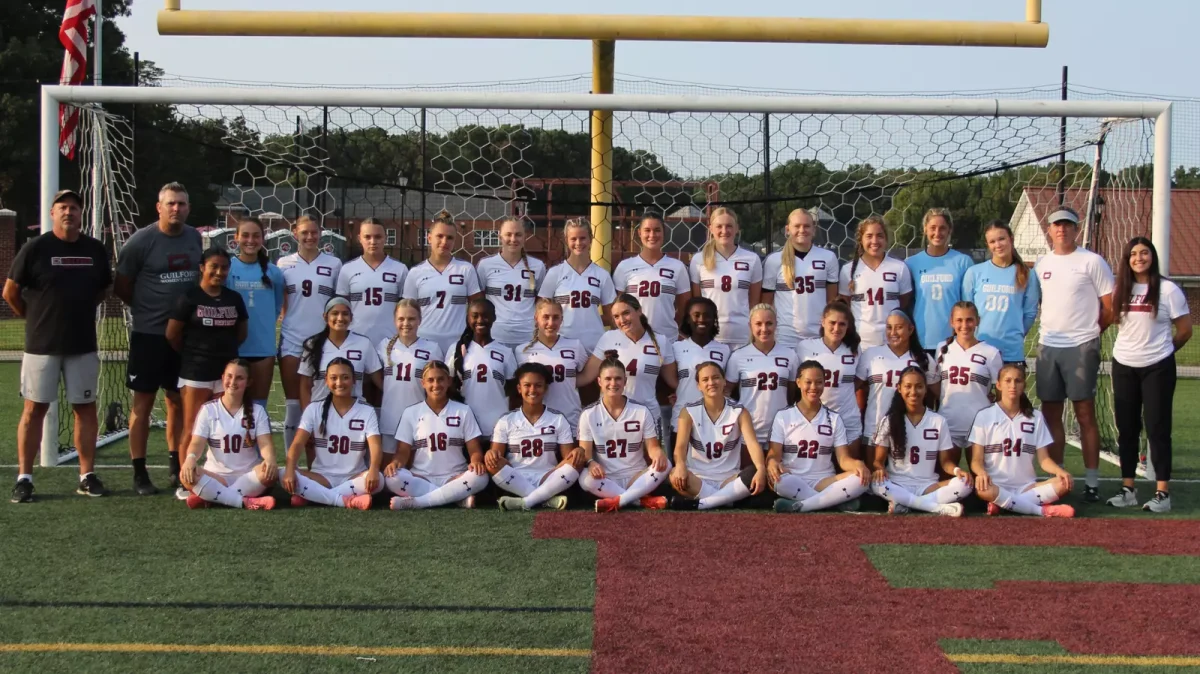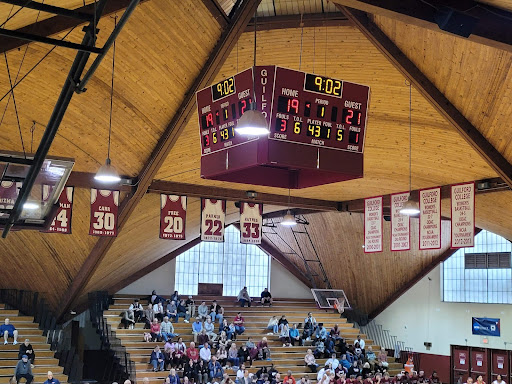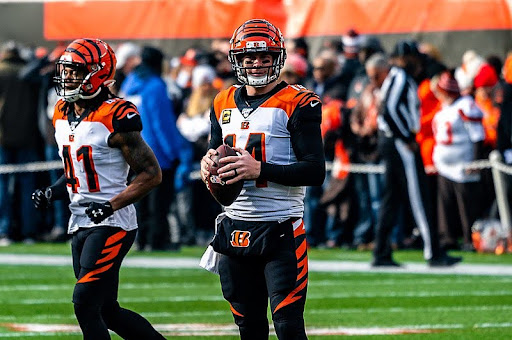As the third quarter of a Quaker football home game begins, your stomach starts growling. No problem — head on over to the concessions stand. But for baseball and lacrosse games, and a few other sports too, you might be out of luck.
“It’s hard to do concessions if you’re going to have (only) 50 people show up to the game,” said Tom Palombo, athletic director and head men’s basketball coach. “For them to put a staff out there, cook food, set up and do all that, you’re probably losing money … unless you can get numbers out there.”
Because of the popularity of football, sizeable crowds are a given. As such, college food provider Meriwether Godsey serves up burgers as well as typical candies and sodas to the fans at football games, and sometimes at well-attended soccer games. Bryan Jones, coordinator for sports marketing, largely attributes the lively ambiance at football games to the work of Vice President for Administration Jon Varnell.
“At football, it’s not just concessions — they’ll have two or three flat screens with other college football games in a tented area, and (Varnell will) have some cornhole boards out there,” Jones said. “For football, (Varnell) makes it an atmosphere.”
But for other sports, the workforce for concession stands comes largely from volunteers. “Men’s lacrosse raises money by running the food setup at basketball games; at softball games players’ parents raise funds for the team by selling snacks.”
And then some teams, like women’s lacrosse, are left out altogether.
“We actually never have concessions served at the women’s lacrosse games,” said sophomore lacrosse player Courtney Morsberger in an email interview. “I wish they would sell concessions so more people would come. My parents, for example, come to the games from out of town and they always have to stop to get food before the games.”
Pulling in bigger crowds is complicated and involves much more than a team’s success. Crowd sizes depend greatly on the team match-up and the day of the week — a rivalry game on Saturday brings in the masses better than a friendly weekday match. Time of day plays a role, too, and some sports don’t have an easy way around these scheduling conflicts.
“The big thing is, baseball and softball can’t play at night,” said Jones, noting that their stadiums do not have lights yet. As a result, games are scheduled for the afternoon when many people are at work or in class.
Fickle North Carolina weather drives fans away as well, especially in the spring.
“During basketball season, sometimes the weather is bad,” said Palombo. “It’s cold, you’re playing on Wednesday night, and there are classes (and) other obligations for students as well.”
“Weather’s a big thing in the spring, and we don’t have the huge concourses in the stadium that a lot of other places do,” said Jones. “If it rains, the crowd for the most part bails, unless they’re parents of students.”
Ultimately, the stands must be packed if fans want munchies available at all of their sporting events, and it’s up to students to make that happen.
“With a small school like ours, what we have to rely on (are) the students to come out and support the teams,” said Palombo. “We’re a Division III school, so we’re not going to be on TV or anything like that, so the local community will come out some and parents of players will come out, but we need the students to be our crowds.”






